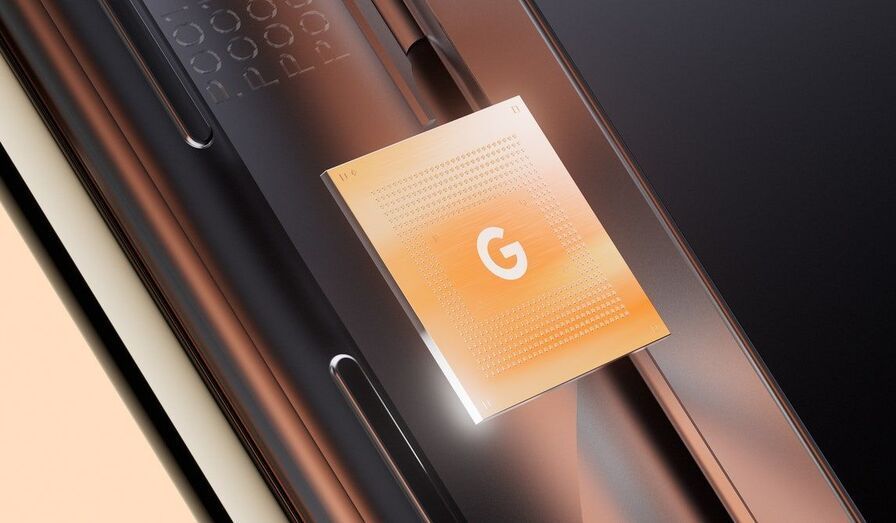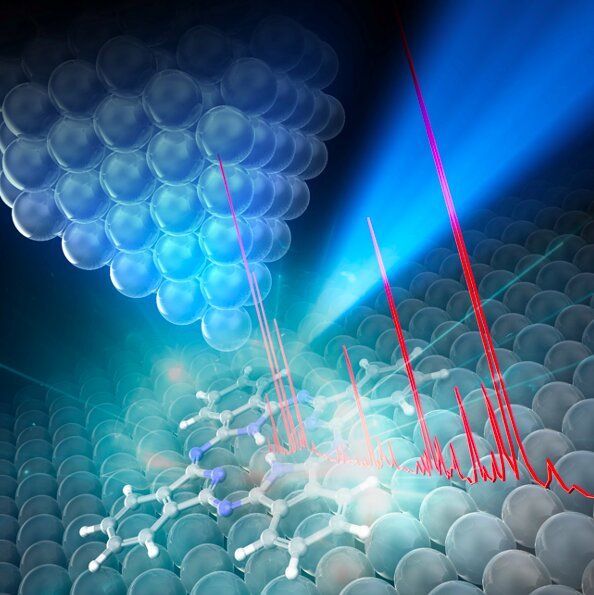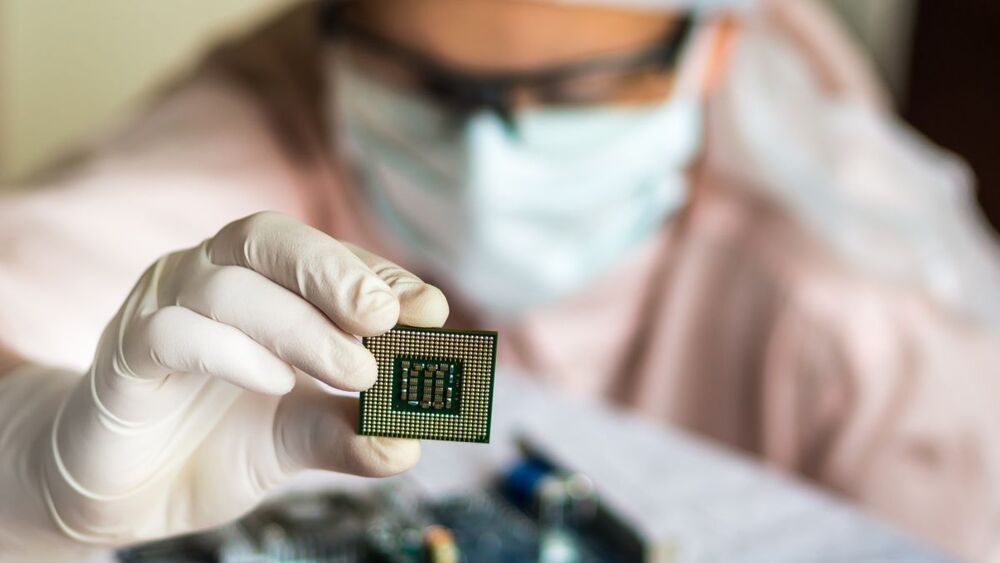Following the industry trend of tech giants manufacturing their own processors, the company will start putting bespoke silicon in its mobile hardware.



The image shows an elongated galaxy sandwiched, and stretched, between two galaxies. A long tail is visible in the galaxy on the right in this image: Called a “tidal tail,” this can occur when stars and gases are “stripped” from the outside arms of galaxies during a merger, according to Cosmos.
Tweet may have been deleted
The Hubble Space Telescope — the size of a large school bus — is over 30 years old. The solar-powered telescope takes detailed images of far-off cosmic objects, like Arp 195, yet the legendary instrument is wearing down with age, most recently exemplified by a computer problem that sent Hubble offline for weeks. Still, NASA expects “Hubble will last for many more years and will continue making groundbreaking observations, working in tandem with other space observatories including the James Webb Space Telescope to further our knowledge of the cosmos.”

Forget Google Search and Fuchsia. Researchers from Google, Stanford, Princeton, and other universities might have made a computer discovery so big we can’t fully comprehend it yet. Even Google researchers aren’t entirely sure that their time crystal discovery is valid. But if it turns out to be accurate, then Google might be one of the first companies to give the world a crucial technological advancement for the future. Time crystals will be an essential building block in quantum computers, the kind of computers that can solve complex problems with incredible speed and power technologies that aren’t even invented.
What is a quantum computer?
Google isn’t the only company building quantum computers, and these types of machines keep popping up in the news with regularity. Quantum computers won’t reach your phone, and they’re not going to play games. Even if they did, Nintendo will totally ignore the latest computer technology when designing future consoles.

Over six decades of integrated circuit production we’ve become used to their extreme reliability and performance for a very reasonable price. But what about those first integrated circuits from the early 1960s? Commercial integrated circuits appeared in 1961, and recently Texas Instruments published a fascinating retrospective on the development of their first few digital ICs.
TI’s original IC product on the market was the SN502, a transistor flip-flop that debuted at $450 (about $4100 today), which caught the interest of NASA engineers who asked for logic functions with a higher performance level. The response was the development of the 51 series of logic chips, whose innovation included on-chip interconnects replacing the hand interconnects of the SN502. Their RCTL logic gave enough performance and reliability for NASA to use, and in late 1963 the Explorer 18 craft carried a telemetry system using the SN510 and SN514 chips into orbit. 52 and 53 series chips quickly followed, then in 1964 the 54 series TTL chips which along with their plastic-encapsulated 74 series equivalents are still available today.
Considering that in 1961 the bleeding edge of integrated circuit logic technology was a two-transistor chip with hand interconnects, it seems scarcely conceivable that by ten years later in 1971 the art had advanced to the point at which the first commercially available microprocessors would be produced. It’s unlikely that many of us will stumble upon any of the three-figure SN1-series logic chips, but to read about them is a fascinating reminder of this pivotal moment in the history of electronics.


When molecules are excited, they can give rise to a variety of energy conversion phenomena, such as light emission and photoelectric or photochemical conversion. To unlock new energy conversion functions in organic materials, researchers should be able to understand the nature of a material’s excited state and control it.
So far, many scientists have used spectroscopy techniques based on laser light in research focusing on excited states. Nonetheless, they were unable to use laser light to examine nanoscale materials, due to its limitations in so-called diffraction. The spectroscopic measurement methods applied to electron and scanning probe microscopes that can observe substances with atomic resolutions, on the other hand, are still underdeveloped.
Researchers at RIKEN, the Japan Science and Technology Agency (JST), University of Tokyo and other Institutes in Japan have recently developed a laser nanospectroscopy technique that could be used to examine individual molecules. This technique, presented in a paper published in Science, could open up new possibilities for the development of various new technologies, including light-emitting diodes (LEDs), photovoltaics and photosynthetic cells.

Austin-based Silicon Labs has sold its infrastructure and automotive business for $2.75 billion to California-based semiconductor maker Skyworks Solutions. Plans for the all-cash deal was initially announced in April.
Silicon Labs primarily designs semiconductors and other silicon devices. CEO Tyson Tuttle said the deal will allow the company to focus on its growing Internet of Things business. Internet of Things, or IoT as it is known in industry shorthand, refers to a range of non-computing devices —from kitchen devices to security systems — that connect to the Internet.
Silcon Labs’ IoT business already serves tens of thousands of customers and works in thousands of applications, but the deal narrows Silicon Labs focus exclusively to that technology.


TSMC 2nm production is likely to begin sometime in 2023, after the company got the green light for its most advanced chipmaking process yet.
The news comes just one day after Intel said it believed it could catch, and overtake, TSMC’s chipmaking capabilities within four years…
A large part of the secret to creating ever more powerful chips is shrinking the die process: getting more transistors into the same size of chip. The A14 chip used in the iPhone 12, designed by Apple and fabricated by TSMC, contains 11.8 billion transistors.
